By: Mariah Bourne
Venturing into the world of Japanese green tea is exciting but can sometimes be overwhelming if you’re just getting started. As you embark on your journey, understanding how to choose high-quality tea should be a top priority. Tea farming and production in Japan are cherished practices executed with a high level of care and intention. Selecting quality Japanese green tea is a skill you’ll want to develop to deepen your appreciation of tea.
Several factors, like how the tea leaves are grown, harvested, sorted, blended, and chosen for leaf consistency, play into how to choose a good tea. If you're interested in learning the benefits of picking high-quality tea over generic mass-produced teas, along with how to spot the characteristics of high-quality tea, we’ve got you covered.

The Difference Between High-Quality and Mass-Produced Tea
Choosing high-quality tea will always ensure your investment is worth the time and money. This may sound biased coming from a high-quality Japanese green tea company, but it’s hard to be disappointed when your tea tastes exceptional, and you know your purchase supports good practices.
Producing quality tea takes hard work and dedication. The care and integrity that go into exquisite tea require a lifetime of knowledge, patience, and skill. The highest quality teas are hand-harvested and made in small batches. Specific attention to detail goes into exactly how and when to pick the leaves depending on each year’s climate and conditions.

The opportunity to create the best tea is only available once or twice a year when the tea leaves flush (are ready to harvest). If you think about it, tea producers who craft intentional tea may only have 30-45 chances of perfecting their art, depending on when they start their careers. Mass-produced teas are generally grown to meet volume demands, and it’s difficult to implement techniques that allow the teas to express character or nuance of flavor.
Generally speaking, you gain more value when you opt for high-quality tea. Although the initial price may be higher, quality tea produces stronger, purer flavors and can be steeped multiple times. They may also be higher in antioxidants and better for your health. Once you discover the beauty of high-quality Japanese tea, sipping on mass-produced tea will never feel the same.
A Quick Side Note About Teabags
Historically, many low-quality teas have been packaged in teabags. There has been some concern with chemicals or micro-plastics in teabags that are harmful to the environment and our bodies. Thankfully, today more producers are pursuing quality and convenience by choosing natural sources for teabags instead of plastics.
If you’re wondering about the quality of your teabags, companies will usually state what materials their teabags are made from on their websites. Mizuba Tea only sources high-quality teabags made from natural PLA corn starch material.
Markers of High-Quality Japanese Tea
High-quality Japanese tea suppliers commonly verify their reputability by providing information such as tea origin, cultivar, and source. You can also distinguish tea leaf quality just by looking at the leaves.
Transparency and Reputation
A telltale sign of good quality tea is when a reputable brand is transparent in how its tea is sourced and where it comes from. The land and growing conditions play a huge role in the quality and taste of your tea. High-quality tea suppliers commonly produce tea in small batches and provide you with specific details on the region or location that your tea originates from.
A cultivar is a type of plant bred for specific, desired traits. Farmers who make tea from specific cultivars with intentions of developing particular flavor attributes go beyond just selling tea. These producers explicitly show appreciation for capturing different taste profiles based on the best growing conditions in their area and showcasing terroir. Mizuba offers a variety of single cultivar sencha and matcha, so you can learn to appreciate the nuances between each cultivar’s flavor. Note that a single cultivar tea isn't necessarily better than a blend – the care and consideration for expertly blending cultivars is also the mark of an excellent tea, as chashi, or "master tea blenders," know exactly how to pair certain cultivars to make a balanced cup of tea with consistent flavor profiles.

Tencha tea leaves ready to be milled into matcha
Growing and processing methods are essential markers of high-quality tea, and a good supplier will be transparent with the details. Methods for growing and processing depend on the style of tea you buy, but a general rule of thumb is tea produced in small batches will likely follow high-quality production standards. Tea purveyors should highlight key quality factors like:
- Growing practices: Brands that provide insight into why their farmers choose certain fertilizers, shade techniques, and cultivars indicate high-quality practices.
- Shading time (for matcha, kabusecha, or gyokuro): The shading time of a tea plant will affect different characteristics like caffeine level and leaf size. Different styles will require different shading times. Many styles of tea require no shading time at all.
- Harvesting practices: At what point in the season the leaves are harvested and how they are harvested play a part in the tea quality, depending on the style of tea.
Appearance and Consistency of the Leaves
Another way to easily spot high-quality tea is by examining the appearance and consistency of the tea leaves. Understanding the main similarities and differences in varieties of Japanese green tea will help you decipher quality tea from low-grade tea. For example, both sencha and gyokuro should feature tightly rolled, glossy, needle-shaped leaves. The firmness, feel, and shape of the leaves give insight into how well they were grown and harvested.
The color of tea leaves also indicates quality. Each type of tea will have different shades of green appropriate for that style. For certain teas like matcha, brightness is very important. A rich, bright green matcha powder is an obvious sign of its quality and freshness. For sencha and gyokuro, many look for how glossy and uniform the needles are.

You can further examine the quality of your tea from the aroma, taste, and mouth feel. Taste is subjective, and different teas have different flavor profiles, but a general mark of quality for Japanese tea is how balanced the tea is between umami, aroma, sweetness, and astringency. Does the tea have distinctive aromatics and flavor notes? Based on these qualities, you should be able to detect how dynamic a tea is.
Japanese Tea Quality Based on Style
Different styles of Japanese green tea have essential differences in appearance, which can help determine quality. Some quality indicators of our most popular teas are:
- Matcha: A key indicator of high-quality matcha is its bright green, almost neon color. The powder should be finely ground and feel very silky and smooth.
- Sencha: Sencha’s leaves should be flat and thin, almost like a needle. High-quality sencha will have longer, intact leaves with a glossy, dark green color.
- Kabusecha: A high-quality kabusecha will be similar to sencha, with dark green, needle-like leaves.
- Gyokuro: Gyokuro’s leaves should be equal in size with a glossy appearance and a rich, dark green color.
- Houjicha: High-quality houjicha should be brown, not black, to indicate proper roasting.
Check out our entire collection of loose leaf teas here!
How to Find High-Quality Japanese Green Tea
Once you know what to look for, there are many options for finding high-quality green tea. If you have the choice, purchase your tea directly from Japanese tea shops, tea rooms, and specialty online websites. Supermarkets have also begun offering wider arrays of different brands, and some will carry higher quality offerings.
Deciding on a high-quality Japanese green tea takes a bit of knowledge and practice, but once you understand the basics, you'll be able to choose the best brand and style for you.
Still unsure where to start? Check out our Single Cultivar Organic Sencha Tea Tasting Set or our Mizuba Matcha Tasting Set to sample some of our highest-quality sencha and matcha. Feel free to e-mail or chat us for recommendations as well!
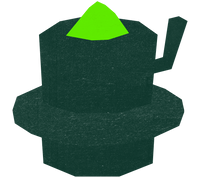

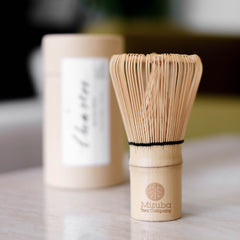
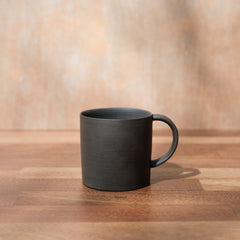
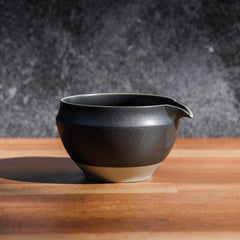
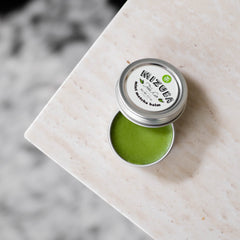
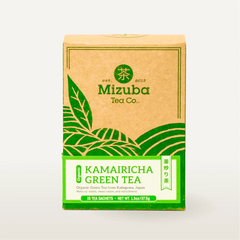
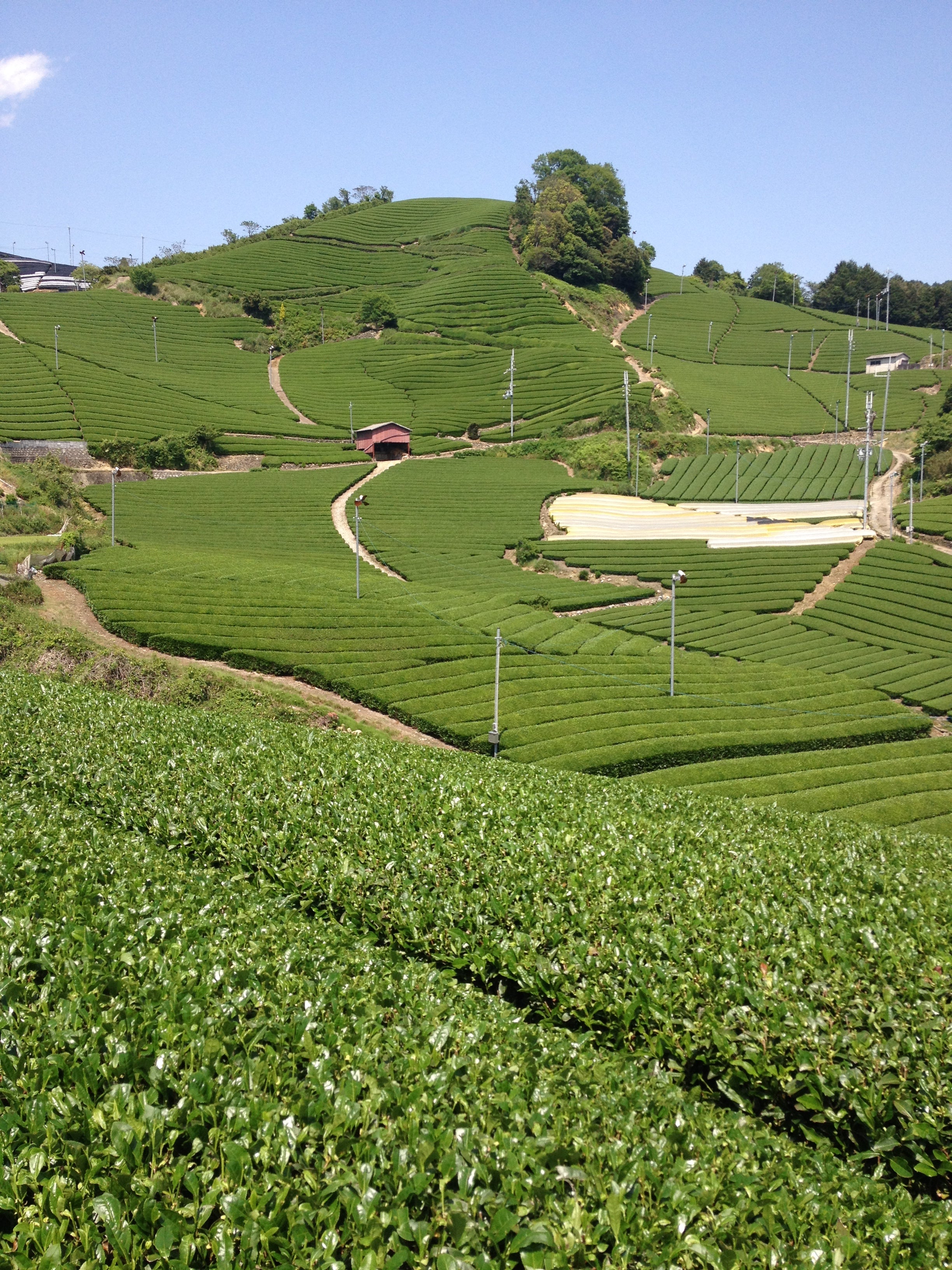
Leave a comment